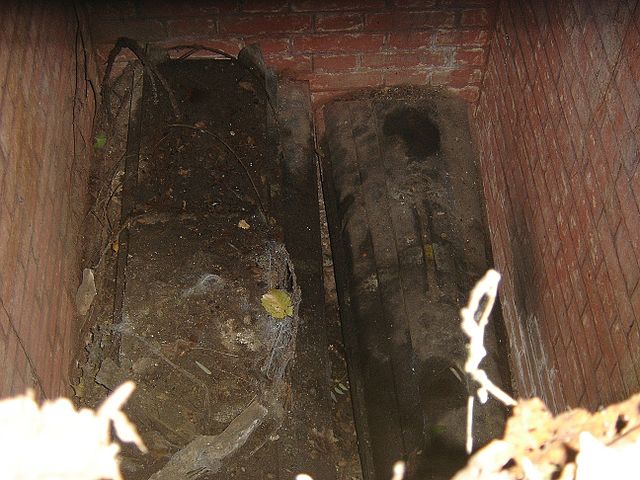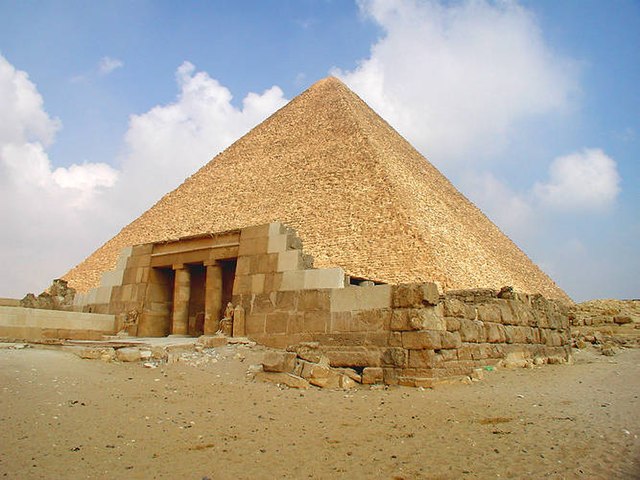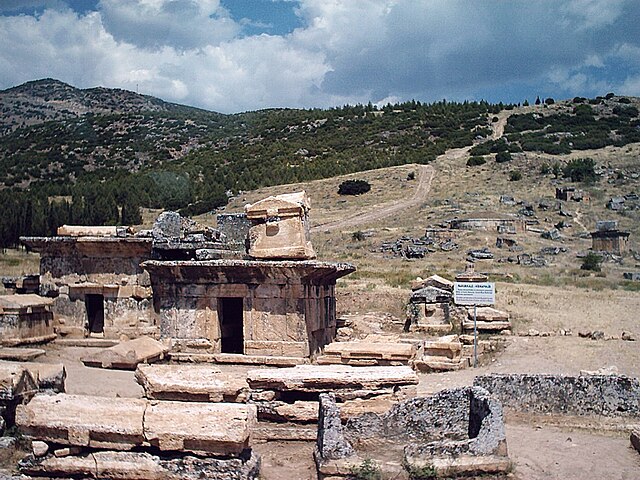A burial vault is a structural stone or brick-lined underground tomb or 'burial chamber' for the interment of a single body or multiple bodies underground. The main difference between entombment in a subterranean vault and a traditional in-ground burial is that the coffin is not placed directly in the earth, but is placed in a burial chamber specially built for this purpose. A burial vault refers to an underground chamber, in contrast to an above-ground, freestanding mausoleum. These underground burial tombs were originally and are still often vaulted and usually have stone slab entrances. They are often privately owned and used for specific family or other groups, but usually stand beneath a public religious building, such as a church, or in a churchyard or cemetery. A crypt may be used as a burial vault and a freestanding mausoleum may contain a burial vault beneath the ground.

Tomb of the French King Charles X, and his son Louis, in the Franciscan monastery Kostanjevici, Nova Gorica, Slovenia.
A brick-lined burial vault containing two sealed zinc coffins in Vienna Central Cemetery.
Subterranean burial vault of Baron van Ittersum in Zwolle, Netherlands.
Entrance to the ducal burial vault in the Church of St. Petri in Wolgast, Germany.
A tomb or sepulcher is a repository for the remains of the dead. It is generally any structurally enclosed interment space or burial chamber, of varying sizes. Placing a corpse into a tomb can be called immurement, although this word mainly means entombing people alive, and is a method of final disposition, as an alternative to cremation or burial.
Tomb of I'timād-ud-Daulah from Agra
The Pyramid tomb of Khufu
The Ohel, gravesite of the Lubavitcher Rebbes Yosef Yitzchak Schneersohn and Menachem Mendel Schneerson, and a place of pilgrimage, prayer, and meditation
Tombs and sarcophagi at Hierapolis








